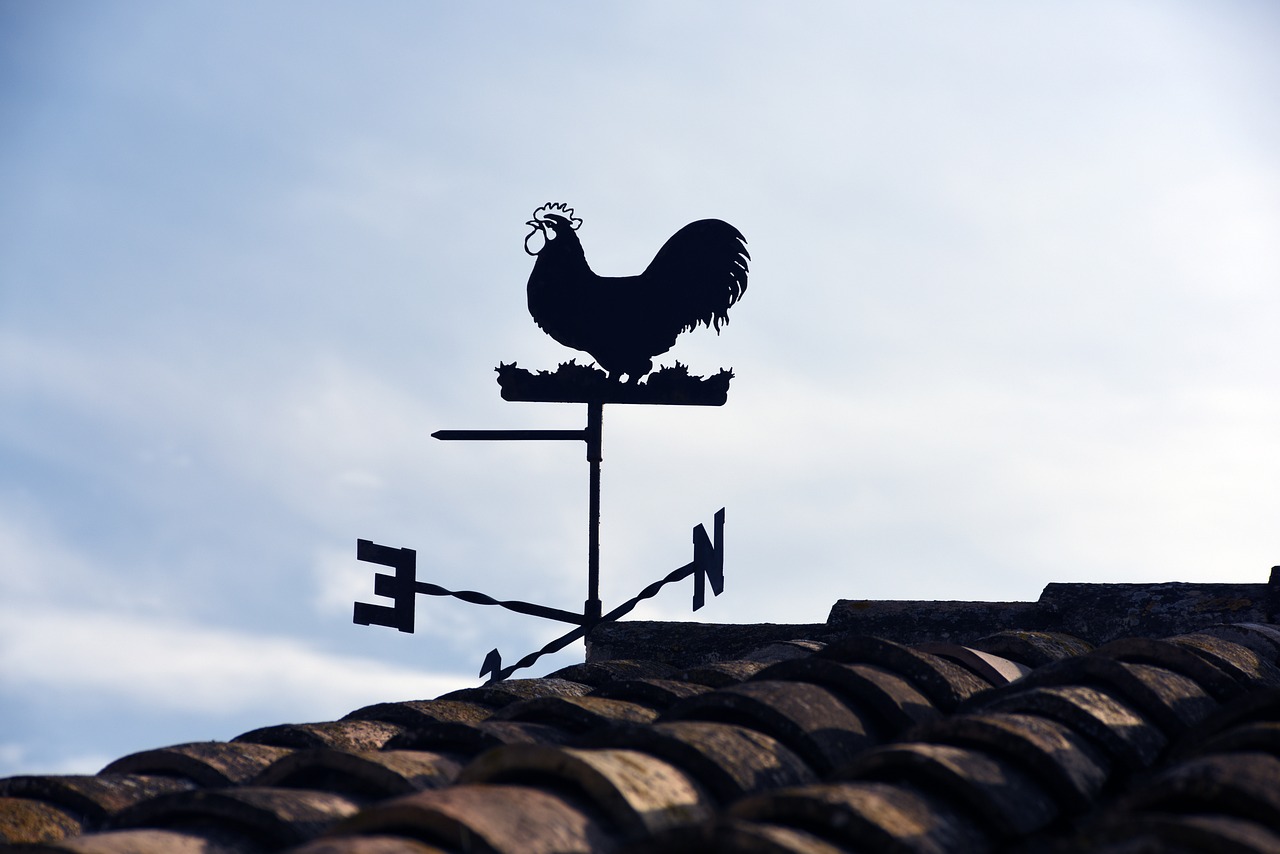“풍향계”는 바람의 방향을 측정하는 기구를 의미합니다. 영어로는 “Wind Vane,” “Weather Vane,” 또는 “Weathercock”으로 설명할 수 있습니다.
“풍향계”를 영어로 쓸 수 있는 방법
- Wind Vane : 풍향계
- Weather Vane : 풍향계
- Weathercock : 풍향계
1. Wind Vane
“Wind Vane”은 바람의 방향을 측정하는 기구를 설명할 때 사용됩니다.
- “The wind vane on the roof helps to determine which way the wind is blowing.” (지붕에 있는 풍향계는 바람이 불어오는 방향을 파악하는 데 도움을 준다.)
- “Farmers often use wind vanes to gauge wind direction for agricultural purposes.” (농부들은 농업 목적으로 바람의 방향을 측정하기 위해 풍향계를 자주 사용한다.)
2. Weather Vane
“Weather Vane”은 바람의 방향을 측정하는 기구를 설명할 때 사용되며, “Wind Vane”과 같은 의미로 사용됩니다.
- “The weather vane spun around rapidly, indicating a change in wind direction.” (풍향계가 빠르게 돌며 바람 방향의 변화를 나타냈다.)
- “A weather vane is a common feature on many traditional buildings.” (풍향계는 많은 전통 건물에서 흔히 볼 수 있는 요소이다.)
3. Weathercock
“Weathercock”은 전통적인 형태의 풍향계를 설명할 때 사용되며, 보통 수탉 모양으로 장식된 것이 특징입니다.
- “The weathercock on the barn roof has been spinning in the breeze, showing the wind direction.” (헛간 지붕에 있는 풍향계는 바람에 의해 회전하며 바람 방향을 보여주고 있다.)
- “Many old houses feature a weathercock as part of their architectural decoration.” (많은 오래된 집들은 건축 장식의 일환으로 풍향계를 특징으로 한다.)
“풍향계”를 영어로 표현할 때는 “Wind Vane,” “Weather Vane,” 또는 “Weathercock”을 사용할 수 있습니다. 이 표현들은 바람의 방향을 측정하는 기구를 설명하는 데 적합합니다.













Leave a Reply